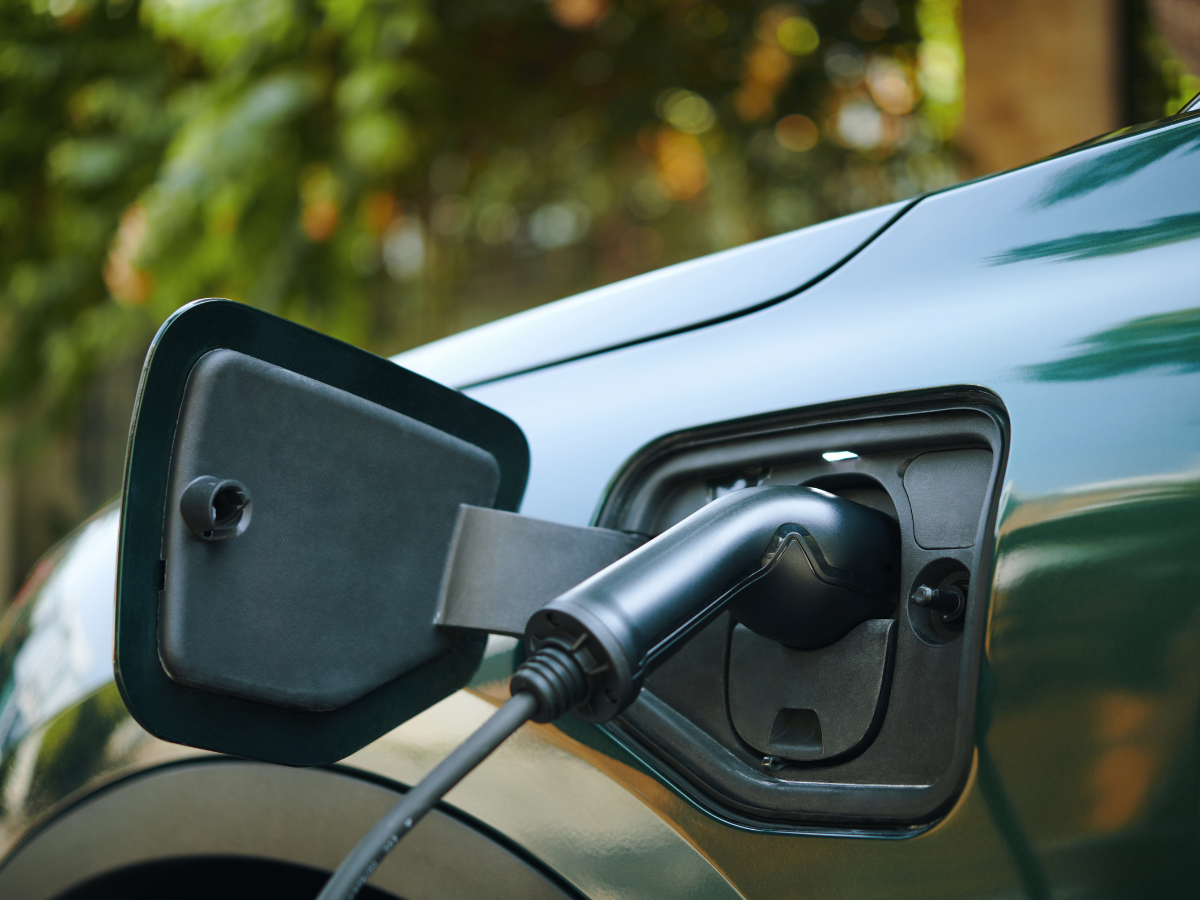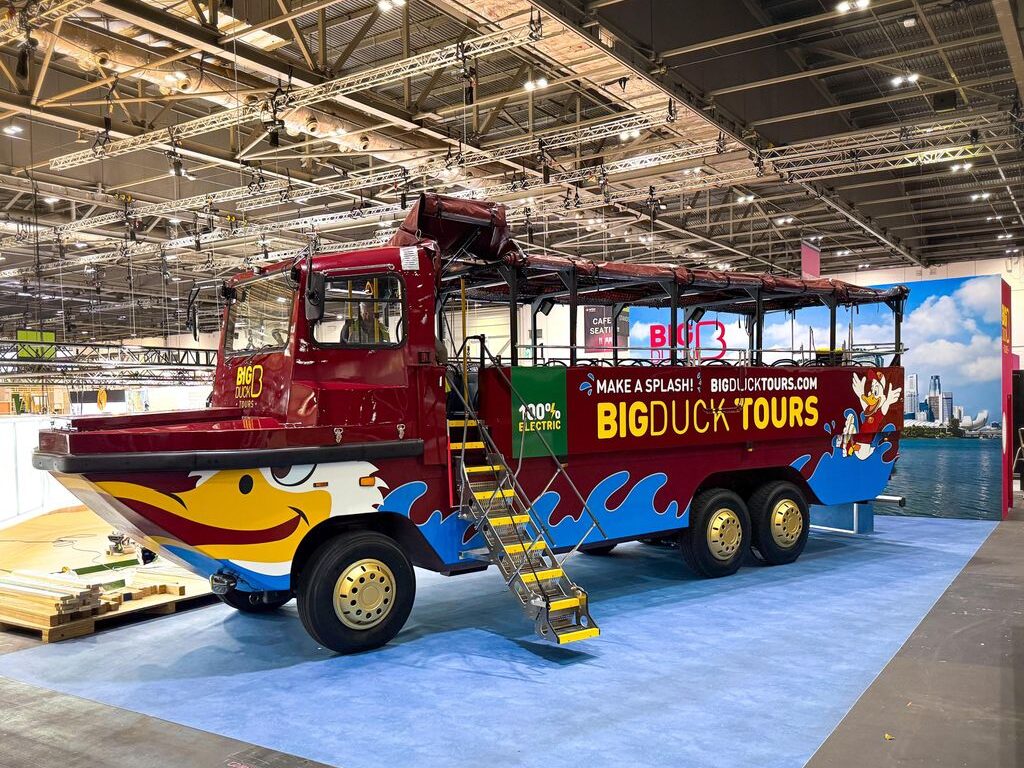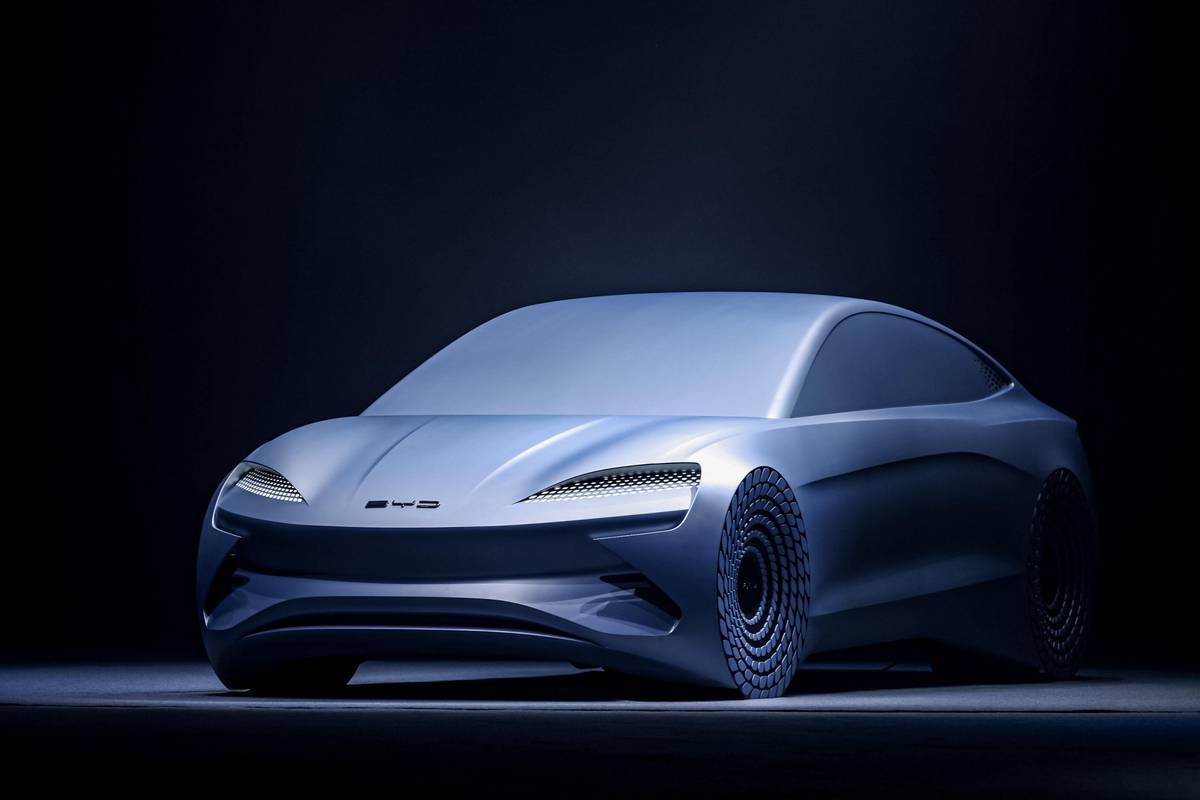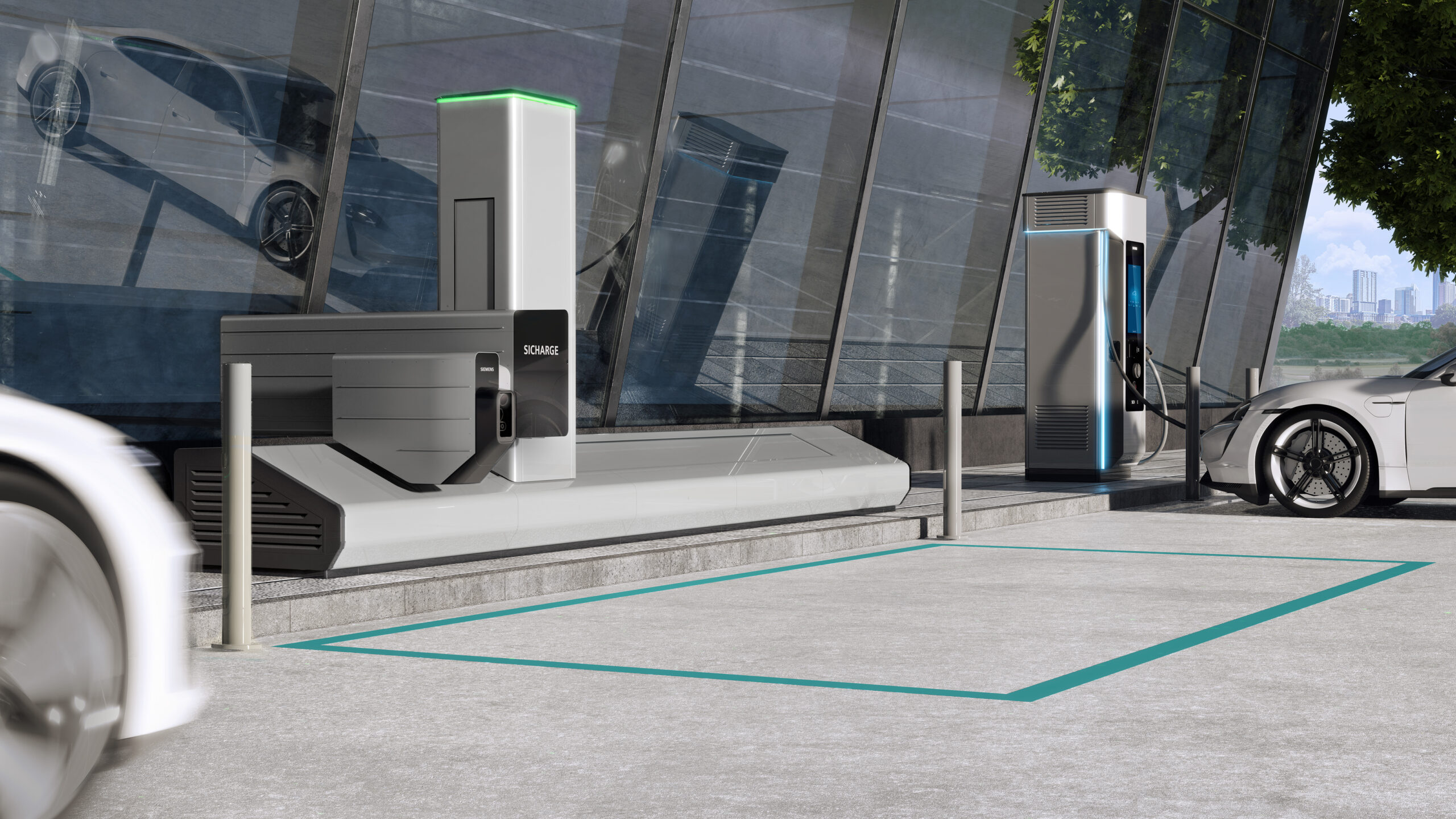Ford to Lead America’s Shift to Electric Vehicles with New Mega Campus in Tennessee and Twin Battery Plants in Kentucky; $11.4b Investment to Create 11,000 Jobs and Power New Lineup of Advanced EVs
- Ford to bring electric zero-emission vehicles at scale to American customers with the largest, most advanced, most efficient auto production complex in its 118-year history
- Called Blue Oval City, the complex will be constructed on a nearly 6-square-mile site in west Tennessee and build next-generation electric F-Series pickups and advanced batteries
- Moreover, a new BlueOvalSK Battery Park is to be built in central Kentucky consisting of twin battery plants that will power a new lineup of Ford and Lincoln EVs
- Ford and SK Innovation plan to invest $11.4 billion and create nearly 11,000 new jobs – close to 6,000 in Stanton, Tennessee, and 5,000 in Glendale, Kentucky; production of the new electric vehicles and advanced lithium-ion batteries will begin in 2025
- Three new BlueOvalSK battery plants – two in Kentucky and one in Tennessee – will enable 129 gigawatt hours a year of U.S. production capacity for Ford
- These investments build on Ford’s recent announcements that it will work with Redwood Materials on closed-loop domestic battery recycling and make a new investment to increase production of the F-150 Lightning pickup in Dearborn, Michigan, starting next year
- Ford is investing $90 million in Texas – $525 million total in the U.S. to train skilled technicians to service connected, electric zero-emission vehicles
Ford Motor Company is announcing plans to bring electric vehicles at scale to American customers with two new massive, environmentally and technologically advanced campuses in Tennessee and Kentucky that will produce the next generation of electric F-Series trucks and the batteries to power future electric Ford and Lincoln vehicles.
Ford plans to make the largest ever U.S. investment in electric vehicles at one time by any automotive manufacturer and, together with its partner, SK Innovation, plans to invest $11.4 billion and create nearly 11,000 new jobs at the Tennessee and Kentucky mega-sites, strengthening local communities and building on Ford’s position as America’s leading employer of hourly autoworkers.
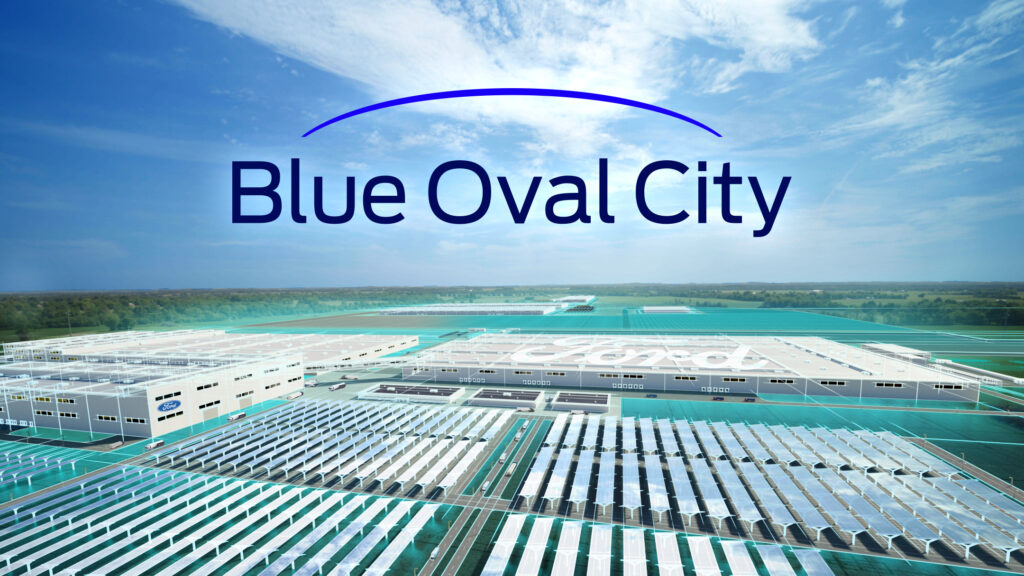
Blue Oval City will become a vertically integrated ecosystem for Ford to assemble an expanded lineup of electric F-Series vehicles and will include a BlueOvalSK battery plant, key suppliers and recycling. Ford’s new Tennessee assembly plant is designed to be carbon neutral with zero waste to landfill once fully operational.
In central Kentucky, Ford plans to build a dedicated battery manufacturing complex with SK Innovation – the $5.8 billion BlueOvalSK Battery Park – creating 5,000 jobs. Twin battery plants on the site are intended to supply Ford’s North American assembly plants with locally assembled batteries for powering next-generation electric Ford and Lincoln vehicles. Investments in the new Tennessee and Kentucky battery plants are planned to be made via BlueOvalSK, a new joint venture to be formed by Ford and SK Innovation, subject to definitive agreements, regulatory approvals and other conditions.
Ford Executive Chair, Bill Ford, said:This is a transformative moment where Ford will lead America’s transition to electric vehicles and usher in a new era of clean, carbon-neutral manufacturing. With this investment and a spirit of innovation, we can achieve goals once thought mutually exclusive – protect our planet, build great electric vehicles Americans will love and contribute to our nation’s prosperity.
This news comes amid strong demand for the all-new Ford F-150 Lightning truck, E-Transit and Mustang Mach-E electric vehicles, and is on top of Ford’s recent announcement to expand production capacity and add jobs at the Ford Rouge Electric Vehicle Center in Dearborn, Mich.
Jim Farley, Ford president and CEO, said:This is our moment – our biggest investment ever – to help build a better future for America. We are moving now to deliver breakthrough electric vehicles for the many rather than the few. It’s about creating good jobs that support American families, an ultra-efficient, carbon-neutral manufacturing system, and a growing business that delivers value for communities, dealers and shareholders.
Ford’s $7 billion investment is the largest ever manufacturing investment at one time by any automotive manufacturer in the U.S. Part of Ford’s more-than-$30 billion investment in electric vehicles through 2025, this investment supports the company’s longer-term goal to create a sustainable American manufacturing ecosystem, and to accelerate its progress towards achieving carbon neutrality, backed by science-based targets in line with the Paris Climate Agreement. Overall, Ford expects 40% to 50% of its global vehicle volume to be fully electric by 2030.
Dongseob Jee, president of battery business, SK Innovation, said:We are proud to be partnering with Ford as they open a new chapter in automobile history. We are excited to be taking this decisive leap together, as partners, and to bring about our common vision for a cleaner planet. Our joint venture, BlueOvalSK, will embody this spirit of collaboration. We look forward to growing our trust-based partnership by delivering on our market-leading value proposition, experience and cutting-edge expertise.
All-New Ford Blue Oval City
Reimagining how electric vehicles – and the batteries that power them – are designed, manufactured and recycled, Ford is creating an all-new electric vehicle manufacturing ecosystem.
Blue Oval City will be among the largest auto manufacturing campuses in U.S. history. Like the iconic Rouge complex in Michigan did a century earlier, Blue Oval City will usher in a new era for American manufacturing.
The 3,600-acre campus covering nearly 6 square miles will encompass vehicle assembly, battery production and a supplier park in a vertically integrated system that delivers cost efficiency while minimizing the carbon footprint of the manufacturing process. The assembly plant will use always-on cloud-connected technologies to drive vast improvements in quality and productivity. The mega campus is designed to add more sustainability solutions, including the potential to use local renewable energy sources such as geothermal, solar and wind power.
Tennessee Gov. Bill Lee, said:West Tennessee is primed to deliver the workforce and quality of life needed to create the next great American success story with Ford Motor Company and SK Innovation. This is a watershed moment for Tennesseans as we lead the future of the automotive industry and advanced manufacturing.
Creating approximately 6,000 jobs, Blue Oval City will be a hive of technical innovation to build next-generation electric F-Series trucks. This growth opportunity will allow Ford to reach new customers with an expanded electric truck lineup.
Kumar Galhotra, Ford president, Americas & International Markets Group, said:Blue Oval City’s assembly plant will harness Ford’s global manufacturing expertise and cutting-edge technologies to deliver cost efficiencies and the quality that our customers expect. This will enable Ford to lead in the race to bring dependable, affordable and advanced electric vehicles to even more Americans.
Bigger Assembly Plant, Smaller Environmental Impact
Despite its size, the assembly plant at Blue Oval City is designed to have as minimal an impact as possible on the surrounding environment – and even to generate positive impacts. The assembly plant’s goal is to have a regenerative impact on the local environment through biomimicry in design of the facility. From the start of production in 2025, Ford’s goal is for the assembly plant to be carbon neutral.
Through an on-site wastewater treatment plant, the assembly plant aspires to make zero freshwater withdrawals for assembly processes by incorporating water reuse and recycling systems. Zero-waste-to-landfill processes will capture materials and production scrap at an on-site materials collection center to sort and route materials for recycling or processing either at the plant or at off-site facilities once the plant is operational.
Ford is collaborating with Redwood Materials, a leading battery materials company, to make electric vehicles more sustainable and affordable for Americans by localizing the supply chain network, creating recycling options for scrap and end-of-life vehicles, and ramping up lithium-ion recycling. Ford believes battery recycling is essential for the success of an electrified future and has the potential to offer significant economic benefits as well as help solve for end-of-life battery recycling.
BlueOvalSK Battery Park
Joining the Ford electric manufacturing revolution is a planned $5.8 billion, 1,500-acre BlueOvalSK battery manufacturing campus in Glendale, Ky., which is targeted to open in 2025.
Twin co-located plants will be capable of producing up to 43 gigawatt hours each for a total of 86 gigawatt hours annually. Together, these American-made batteries will power next-generation electric Ford and Lincoln vehicles.
Bringing 5,000 new jobs to Kentucky, BlueOvalSK Battery Park will be centrally located to support Ford’s North American assembly plants’ footprint.
Kentucky Gov. Andy Beshear, said:We thank Ford Motor Company and SK Innovation for their investment in Team Kentucky. This is the single largest investment in the history of our state and this project solidifies our leadership role in the future of the automotive manufacturing industry. It will transform our economy, creating a better Kentucky, with more opportunities, for our families for generations. Our economy is on fire – or maybe it’s electric. Our time is now. Our future is now.
Technician Investments in Texas and the U.S.
Ford is investing $90 million in Texas alone as part of a $525 million total investment across the U.S. during the next five years to transform America’s auto technician industry. The investment will go toward job training and career readiness initiatives for the current and next generation of technicians. These programs aim to develop highly skilled technicians and will support Ford’s growing portfolio of connected electric vehicles.
This article was originally published by The Ford Motor Company.




